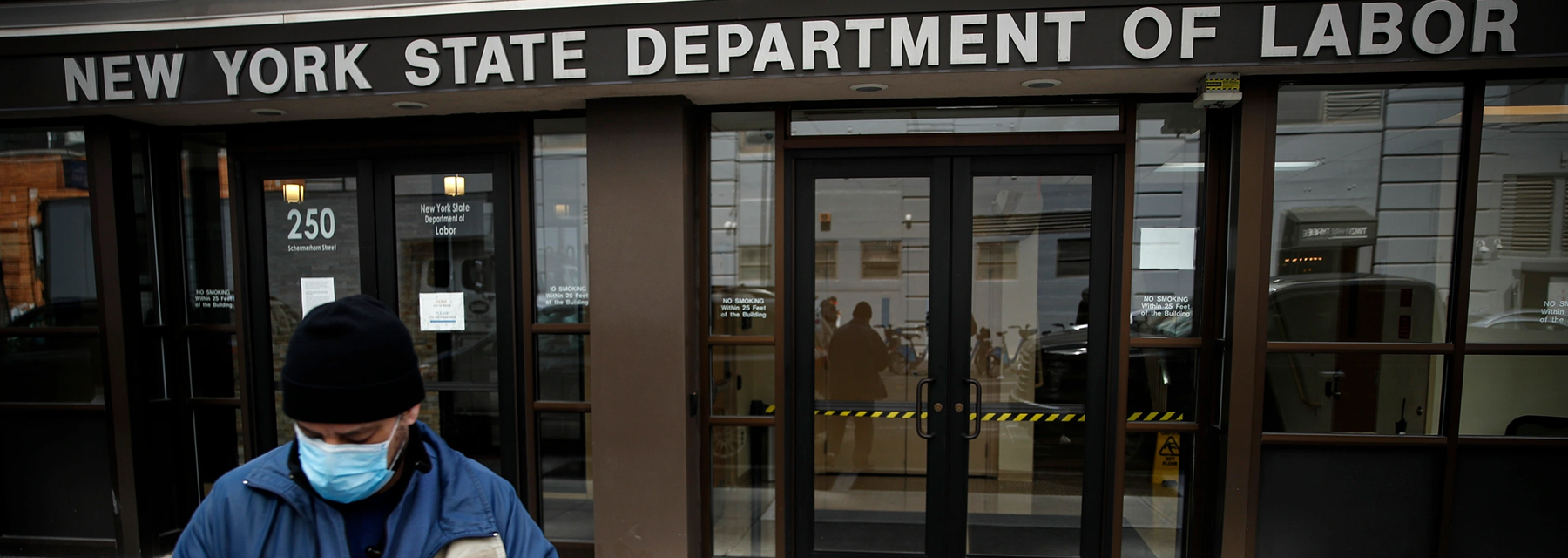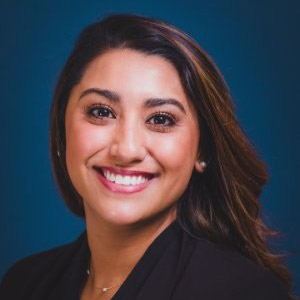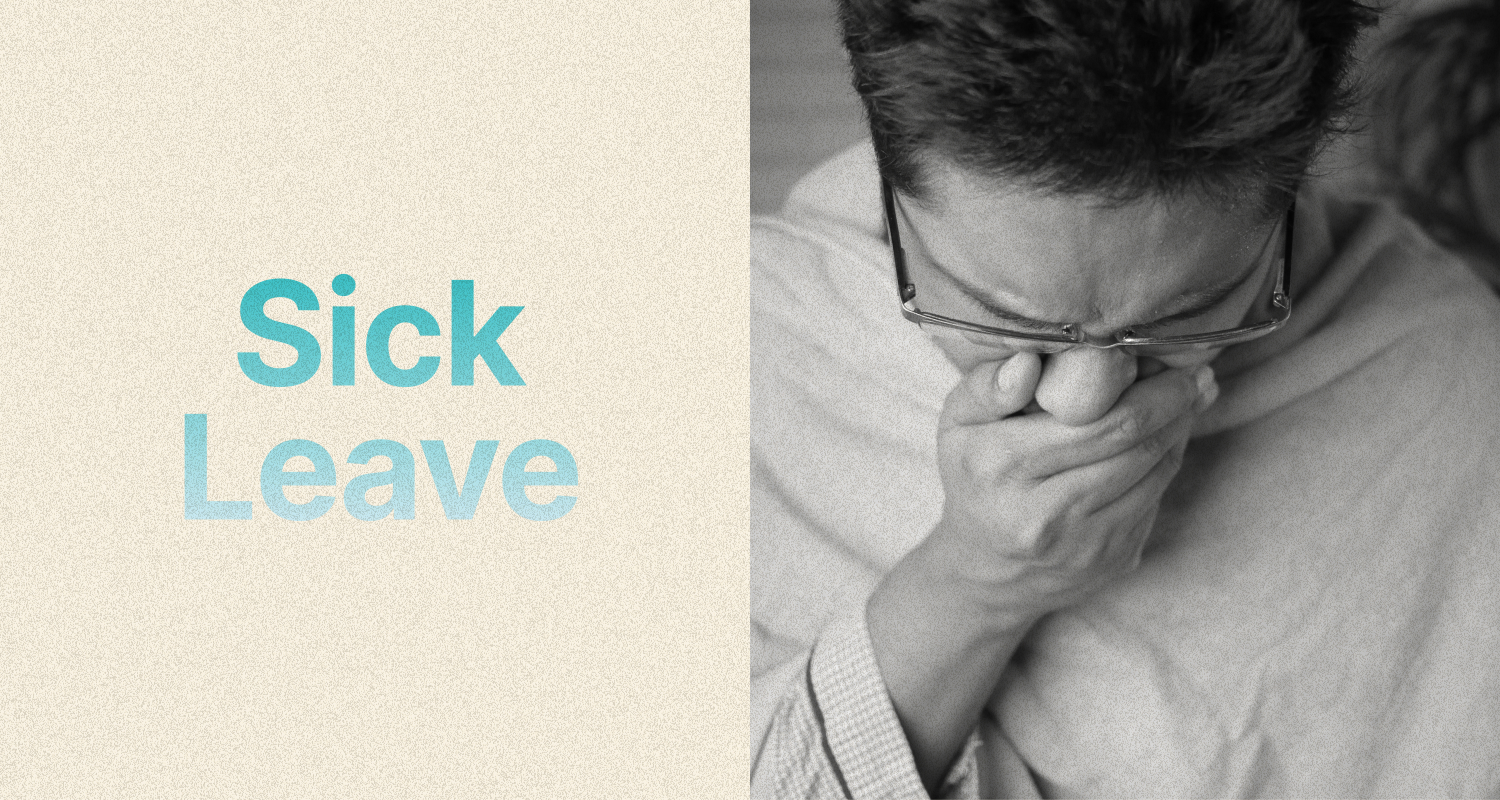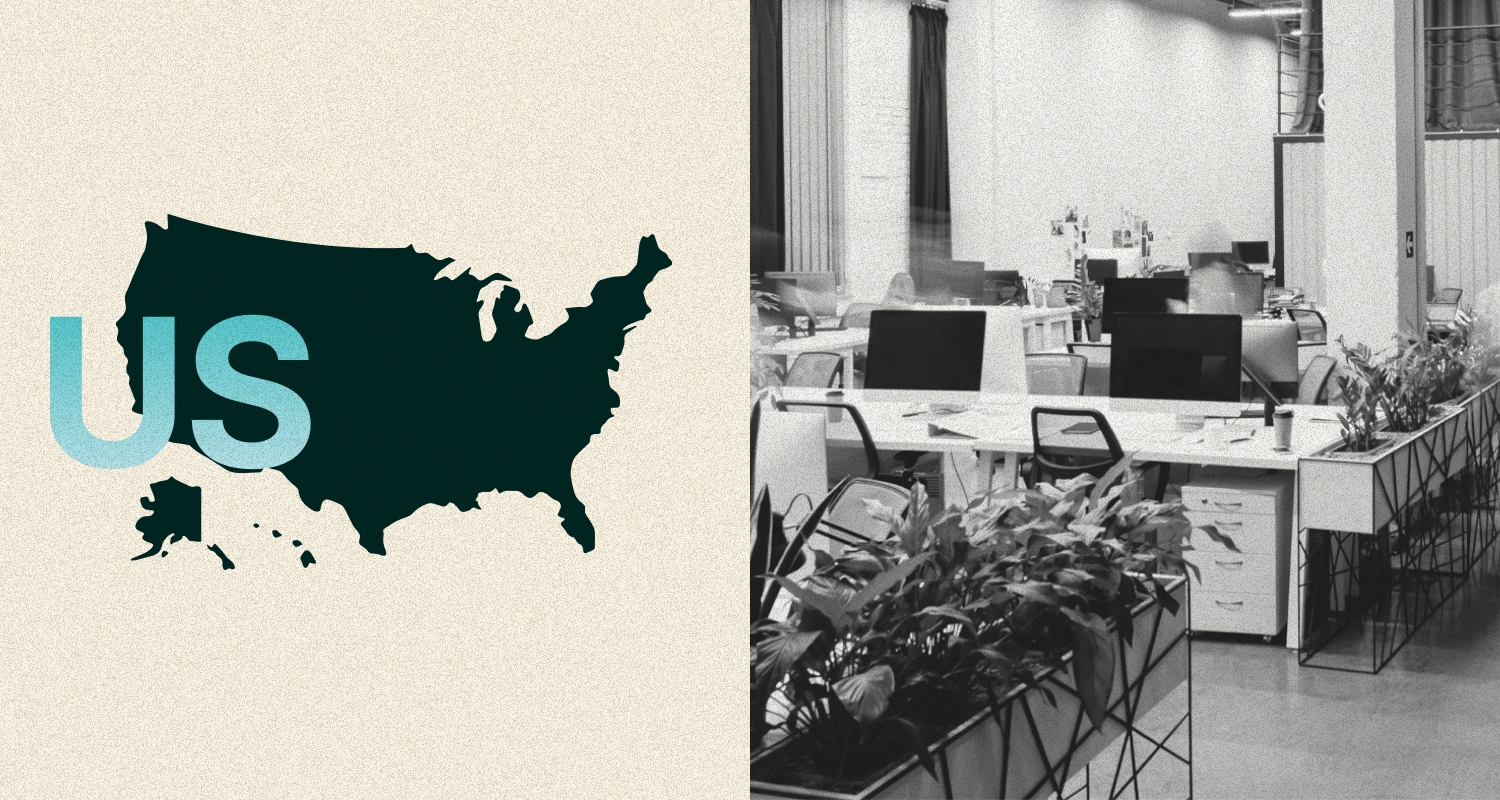On December 22, 2021, the New York Department of Labor (NY DOL) released regulations and responses to public comments on its mandatory paid sick leave law (NY State Sick Leave) which has been in effect since September 30, 2020. This article highlights key clarifications and insight from the NY DOL with respect to existing requirements for employers.
Compliance Snapshot
- Employers must count employees nationwide for purposes of determining the amount of leave required;
- Accrual of NY State Sick Leave must account for all time worked;
- Employers have discretion on whether to permit payout of unused NY State Sick Leave at the end of a calendar year in lieu of carryover;
- There is no waiting period for use of NY State Sick Leave and employees can access leave as soon as accrued.
Brief Overview of NY State Sick Leave
- Applies to all employers with any employees working in New York State;
- Employers were obligated to begin accruals starting September 30, 2020;
- Employers are required to provide employees with sick leave effective January 1, 2021;
- The amount of NY State Sick Leave required depends on employer size and revenue as follows:
- Employers with at least 100 employees must provide at least 56 hours of paid sick leave;
- Employers with between 5 and 99 employees must provide at least 40 hours of paid sick leave;
- Employers with 4 or fewer employees and a net income of greater than $1 million in the previous tax year must provide employees at least 40 hours of paid sick leave, and
- Employers with 4 or fewer employees and a net income of $1 million or less in the previous tax year must provide employees at least 40 hours of unpaid sick leave.
- Qualifying reasons for NY State Sick Leave include leave for the employee or when providing care or assistance to a family member and safe leave for reasons related to the employee or the employee’s family member being a victim of domestic violence.
For more information about the general requirements of NY State Sick Leave please visit our prior blog post.
Updates from NY DOL’s Release of Regulations
The NY DOL has recently provided clarification on the following:
- Employers must count employees nationwide for purposes of determining the amount of paid leave required. The NY DOL clarified that employer size during a calendar year is determined by counting the highest total number of employees (including part-time and jointly employed employees) at any point during the calendar year to date. In response to public comments, the NY DOL stated that it interprets NY State Sick Leave to include all of the employer’s employees nationwide in determining size. This is a significant update for New York employers that may have a larger nationwide presence and may need to re-evaluate the amount of leave provided to their New York based employees based on their size nationwide.
- Accrual of leave must account for all time worked regardless of whether time worked is less than 30 hours. The law itself states that employees accrue one hour of leave every 30 hours worked, and the NY DOL has clarified that calculating an employee’s accrual for time worked less than 30 hours may result in accrual on a fractional basis. Specifically the regulations state, “employers may round accrued leave to the nearest 5 minutes, or to the nearest one-tenth or quarter of an hour, provided that it will not result, over a period of time, in a failure to provide the proper accrual of leave to employees for all the time they have actually worked.” Employers should ensure that their accrual and tracking mechanisms are updated given this clarification.
- Employers have discretion to permit employees to voluntarily elect to use and receive payment for unused leave at the end of a calendar year. Payout of unused leave is not otherwise required by NY State Sick Leave. This means that because NY State Sick Leave is not a use-it-or-lose-it framework, employers have only two options: 1) permit employees to voluntarily elect to use and receive payment for NY State Sick Leave prior to the end of the calendar year or carryover; or 2) only permit employees to carryover unused sick leave.
- Employers that choose to frontload leave are still subject to the carryover rules. The regulations clarify that employers who choose to frontload the full amount of NY State Sick Leave required at the beginning of the calendar year must allow employees to carryover unused leave into the next year. However, employers are reminded that they do not have to permit an employee to use more than the maximum amount of hours that an employee is eligible for in that calendar year. For practical reasons, an employer that frontloads leave should permit use of all accrued hours in the following calendar year or permit an employee to payout unused leave in order to avoid high accruals.
- An employer can request documentation only when an employee uses leave for three or more consecutive days. The regulations also clarify that an employer cannot require an employee pay any costs or fees associated with requesting and obtaining medical or other verification for the use of NY State Sick Leave.
Employer Considerations
Given these updates and guidance, covered employers should review their sick leave policies to ensure compliance.
Additional Resources
- NY State Sick Leave Law
- New York Department of Labor
- New York Paid Sick Leave Webpage
- New York Paid Sick Leave FAQs
- Sequoia Foreword: [Updated] New York Enacts Mandatory Paid Sick Leave
Disclaimer: This content is intended for informational purposes only and should not be construed as legal, medical or tax advice. It provides general information and is not intended to encompass all compliance and legal obligations that may be applicable. This information and any questions as to your specific circumstances should be reviewed with your respective legal counsel and/or tax advisor as we do not provide legal or tax advice. Please note that this information may be subject to change based on legislative changes. © 2022 Sequoia Benefits & Insurance Services, LLC. All Rights Reserved




